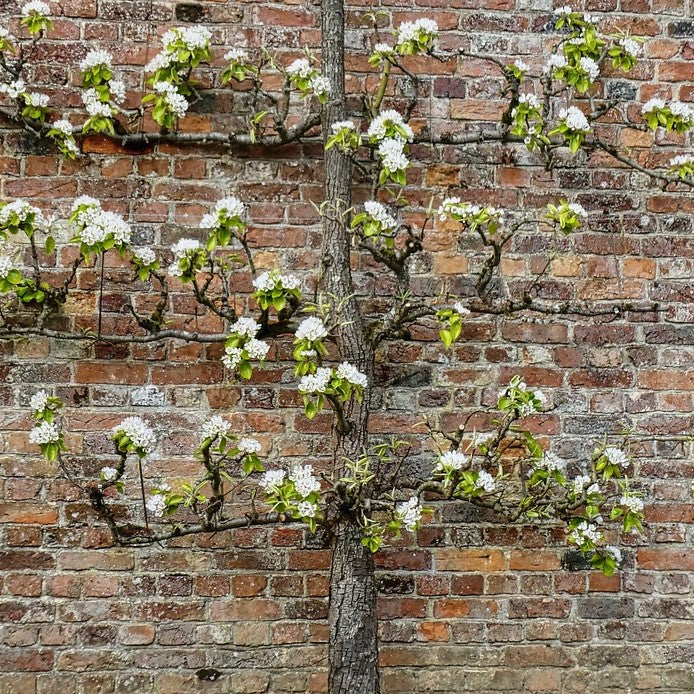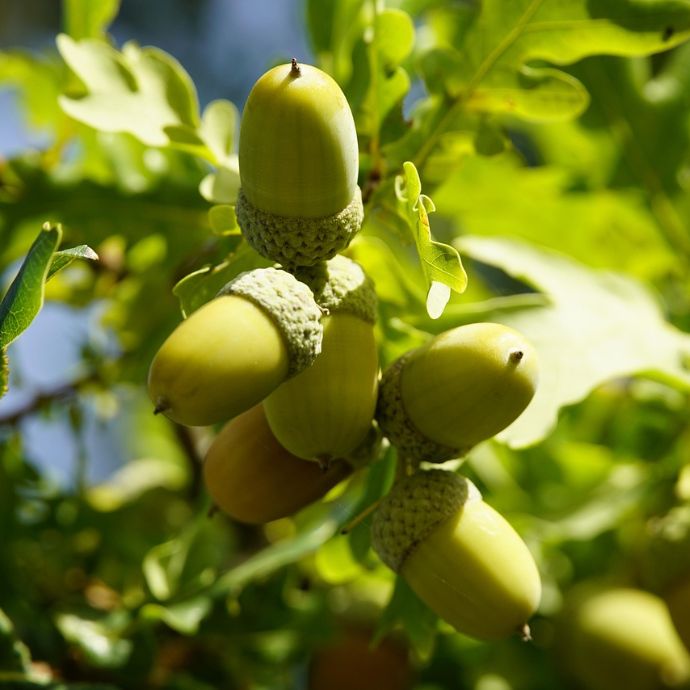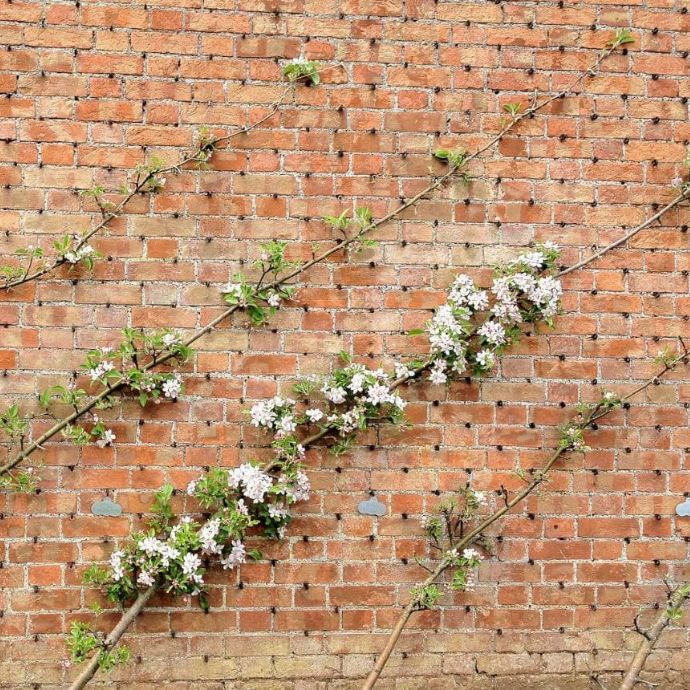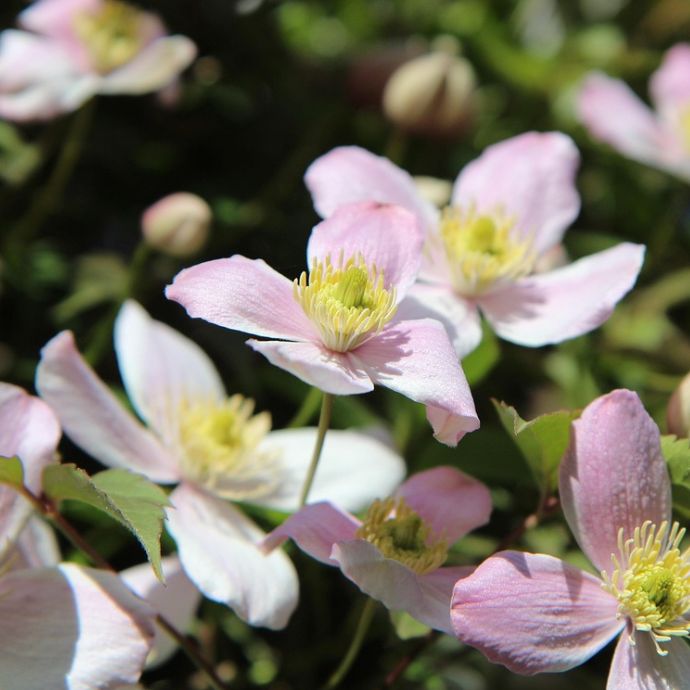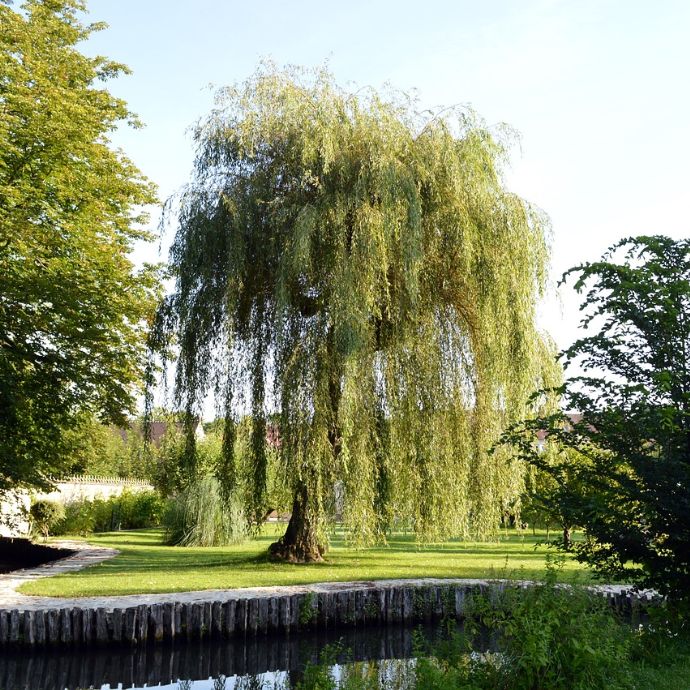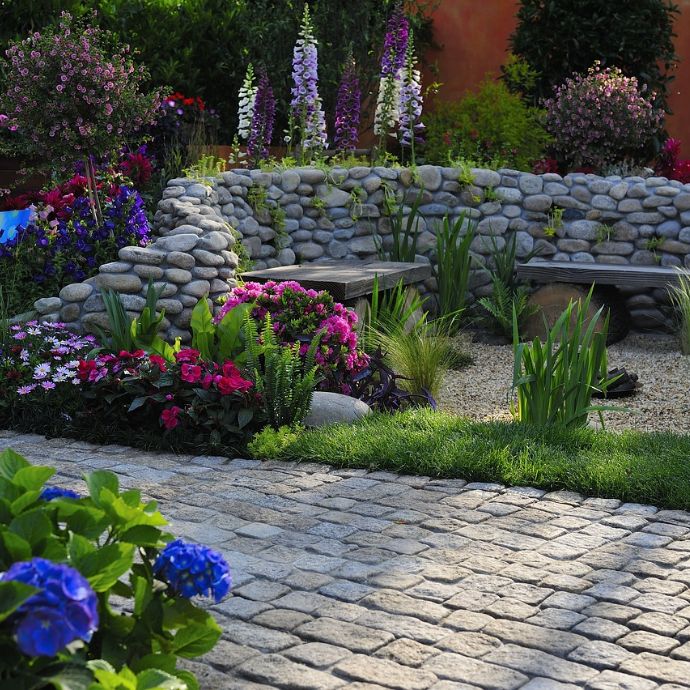Advice & Inspiration
Pear Tree Pruning: An Expert Guide

Pear trees are one of the most rewarding fruit trees to grow. Being a UK native species, they’re unbothered by the British climate and settle in quickly, producing a respectable crop at just three years old.
Getting the best from your pear tree isn’t too difficult - with careful watering, feeding and monitoring, you’ll enjoy more and more pears every year.
It’s important to get the pruning right too - fair to say this is no-one’s favourite job, but it can make a big difference, so with help from our growers, we’ve put together this step by step guide to help you.
Jump to:
- Why do we prune pear trees?
- When should you prune pear trees?
- What tools do you need to prune pear trees?
- Pruning young pear trees
- Pruning established pear trees
- Pruning pear trees to reduce height
- Pruning pear trees for better crops
- Pruning overgrown pear trees
- Training pear trees
Why do we prune pear trees?
Pruning your pear tree once a year (or twice in some cases) can help it to be healthy, productive and well shaped.
What pears need most of all is plenty of sunlight - it helps them to crop regularly, with full sized, well shaped fruit - so the main aim with any pruning is to create a nice open framework of branches so that light can reach every part of the tree. How open is open? A good rule of thumb is can a bird* fly through it? If not, it’s overcrowded!
*I’m talking about regular garden birds, not like a goose or anything.
Other reasons you might want to prune your pear tree are:
To reduce the height
Your pear crop will be much easier to pick if the tree is kept to a manageable height. Pear trees respond well to pruning, so you can easily keep yours to a size, shape and height that fits into your garden, doesn’t annoy the neighbours and most importantly, doesn’t require a ladder to harvest.
To keep the tree healthy
Getting rid of any damaged, diseased or dead wood will keep your tree in a healthy condition throughout its life. Leaving damaged wood can lead to infections entering the tree, which can be worse than the initial damage.
Similarly, removing overcrowded or crossing branches, or those growing inwards, helps air to circulate more freely through the branches, reducing the risk of moulds and mildews.
To get a better crop
For established pear trees, a light trim in summer can encourage the growth of more fruiting spurs and increase your crop.
If your pear tree is old and overgrown, the chances are that it’s putting all of its energy into stems and branches that are no longer fruiting, or into growing taller in a desperate attempt to get more light. Neither of these things will result in brilliant crops, but a thorough pruning can put that right.
To shape the tree
Pruning can keep your pear tree looking its best, with a neat, attractive form. You can also train your tree into shapes like espaliers, fans and cordons - as well as looking super fancy, these can increase productivity and save space in your garden too.

When to prune pear trees
Most pear tree pruning needs to be done between November and March, when the tree is dormant and you can get a good overview of its shape and condition. A dry day in winter is the perfect time. Once the tree is established, you may want to add in a summer trim in order to increase fruiting or shape your tree.

Tools for pruning pear trees
It’s best to have all your tools to hand before you start pruning, making sure they’re clean and sharp. If your tree is tall enough that you have to reach above your head to prune it, you’ll also need a stepladder. Secateurs (pruners) are a must and for taller trees, some loppers or long handled pruners. If your pear tree is larger or more mature, you may need a pruning saw for the thicker branches.
If you’re pruning more than one tree, be sure to sterilise your tools after each one, to stop any infection spreading. You can do this by wiping them with a clean cloth dipped in disinfectant or rubbing alcohol.

Pruning young pear trees
For the first two years of your pear tree’s life, pruning is all about establishing a healthy framework and a productive shape that the tree will grow into.
How to prune a one year old pear tree (or younger):
- Pick a mild, dry day between November and March. First, cut back the main stem of the tree to just above a strong shoot around 75cm from the soil, making sure you’ve got 3-4 evenly spaced shoots below the cut.
- Trim the side branches by about half, cutting just above an outward facing bud.
- Remove any low growing branches from the bottom of the trunk.
How to prune a two year old pear tree:
- For a pear tree between 2-3 years, cut back the main branches by about a third, to just above an outward facing bud. Your tree should now have 5-10 main branches in a goblet shape, forming the tree’s framework.
- Leave the side branches alone, unless they’re crossing over or growing inwards, in which case remove them.
- Trim any upward growing shoots from the top of the tree.

Pruning established pear trees
After two or three years, your pear tree will be established. This means that it’s growing strongly and has a well developed root system. From this point, you’ll be doing maintenance pruning as the tree’s shape will be well formed.
You’ll need to do this each winter to prune out the older, unproductive wood and encourage new fruiting stems to grow in their place, keeping the tree’s open framework of 5-10 main branches.
- First, remove any dead, damaged or diseased wood and any stems or branches that are crossing over each other.
- Cut back each main branch by about a third, to a healthy, outward facing bud. Be careful not to prune any young side shoots, as these can fruit in their second year.
- Get rid of any strong shoots over 15cm long that are growing towards the centre of the tree.
- If the tree looks crowded, trim out some of the spurs on the underside of branches - they won’t perform as well as those on the top of the branches, as they get less light.

Pruning to reduce height
Until the tree reaches its mature height (in about 5-7 years), it will be increasing in size year on year. Once it reaches this point, you can start pruning to reduce it or stop it growing any taller. Pear trees vary in height from about 2.5m for semi dwarfing trees to 12m for the largest and most vigorous, but most are grafted on Quince A rootstock, which means they’ll grow to a maximum of 3.5-4m tall. Here’s how to prune for height reduction.
- First, remove any dead, diseased and damaged branches, plus any larger ones that are crossing over each other.
- Take a look at the middle of the tree and prune back any large branches that are crowded. Do this sparingly, however, and be careful not to cut off the fruiting branches, fruiting spurs or branch leaders (the leaders just take it as a sign that they should grow more vigorously!).
- If any branches are too long, you can reduce them by a third.
- Don’t get carried away - little and often is better than a drastic chop, and you should aim to remove no more than 10-20% of the tree’s canopy in a year. Any more than this and you risk the tree growing lots of thin, upward growing water shoots (you sometimes see this with council maintained trees that have been drastically pruned), which look frankly ridiculous and make your job harder the following year.

How to prune a pear tree for better crops
Pear tree not cropping as well as it used to? It’s time for summer pruning! This light trim can encourage an established tree to produce more fruiting spurs.
- This is a two stage process: the first bit should be done in the first week of June, by removing the tips of strongly growing shoots (‘tip pruning’).
- The next part should be done at the end of summer, in the first week of September. Prune the current year’s new growth lightly, by no more than a third of each stem.
- Leave the older wood alone - that’s a winter job.
- When you do your winter pruning, don’t prune this new growth any further.

Pruning an overgrown pear tree (renovation pruning)
Moved into a new home and inherited a forgotten pear tree? Just woken from a spell that made you sleep for a hundred years? Whatever the reason, here’s how to get that old, overgrown pear tree back on form.
Firstly, don’t be tempted to do all your renovation pruning at once - it’s best done over a few years to avoid the tree going into panic mode and sending up a load of water shoots.
Your main aim should be to open up the centre of the tree, removing all overcrowded branches, then lightly trim the canopy into shape.
As a rough guide, don’t remove any branch over 20cm thick, and no more than a quarter of the tree’s canopy in one year. It may take a few years, but you will get that mess back to a lovely open goblet shape!

Training pear trees
If you like a challenge, why not have a go at training your pear tree into shape? Training trees doesn’t just look good, it can help your pear tree to be healthier and more productive, as well as saving space. Pear trees are very versatile when it comes to training, and can be grown as espaliers, cordons, fans or half standards.
You can find more pear tree advice from our growers in this complete guide.